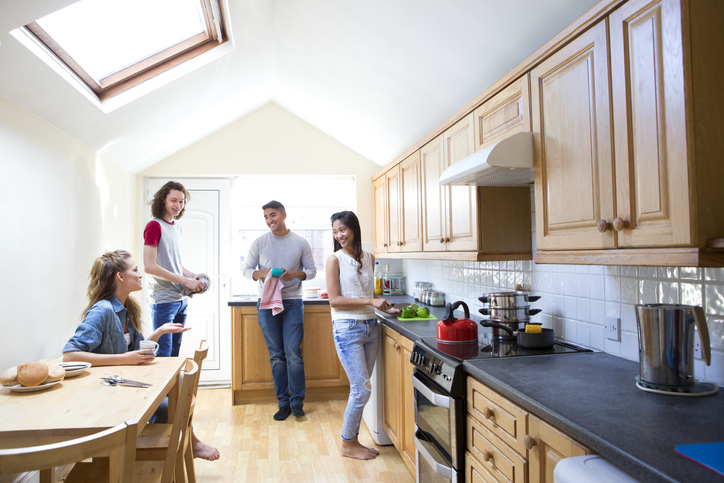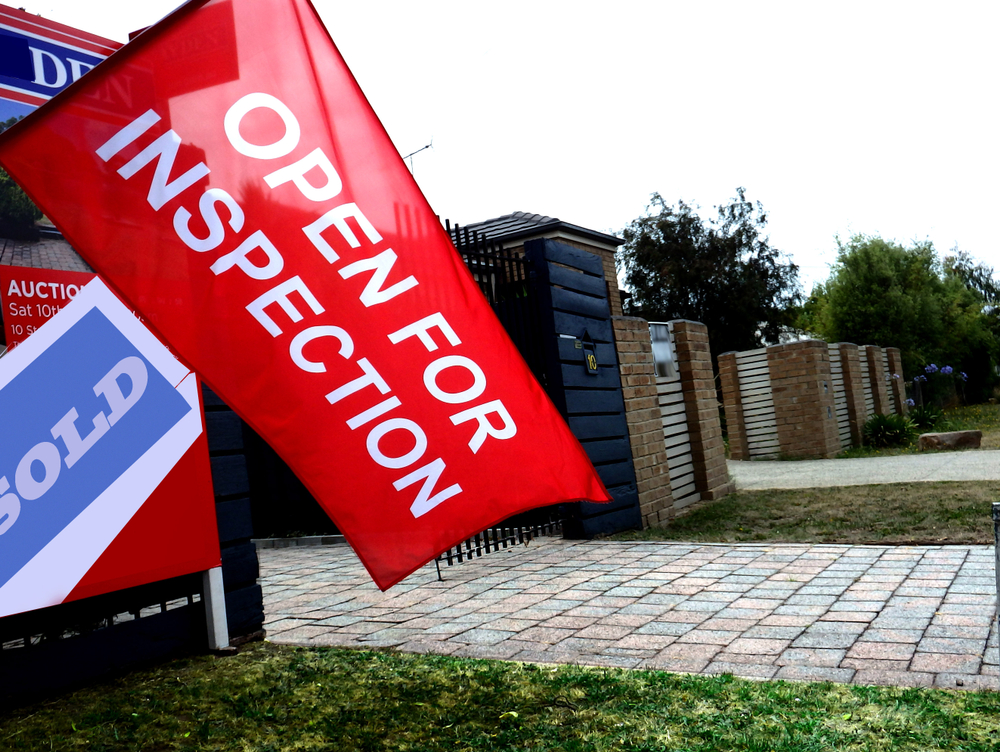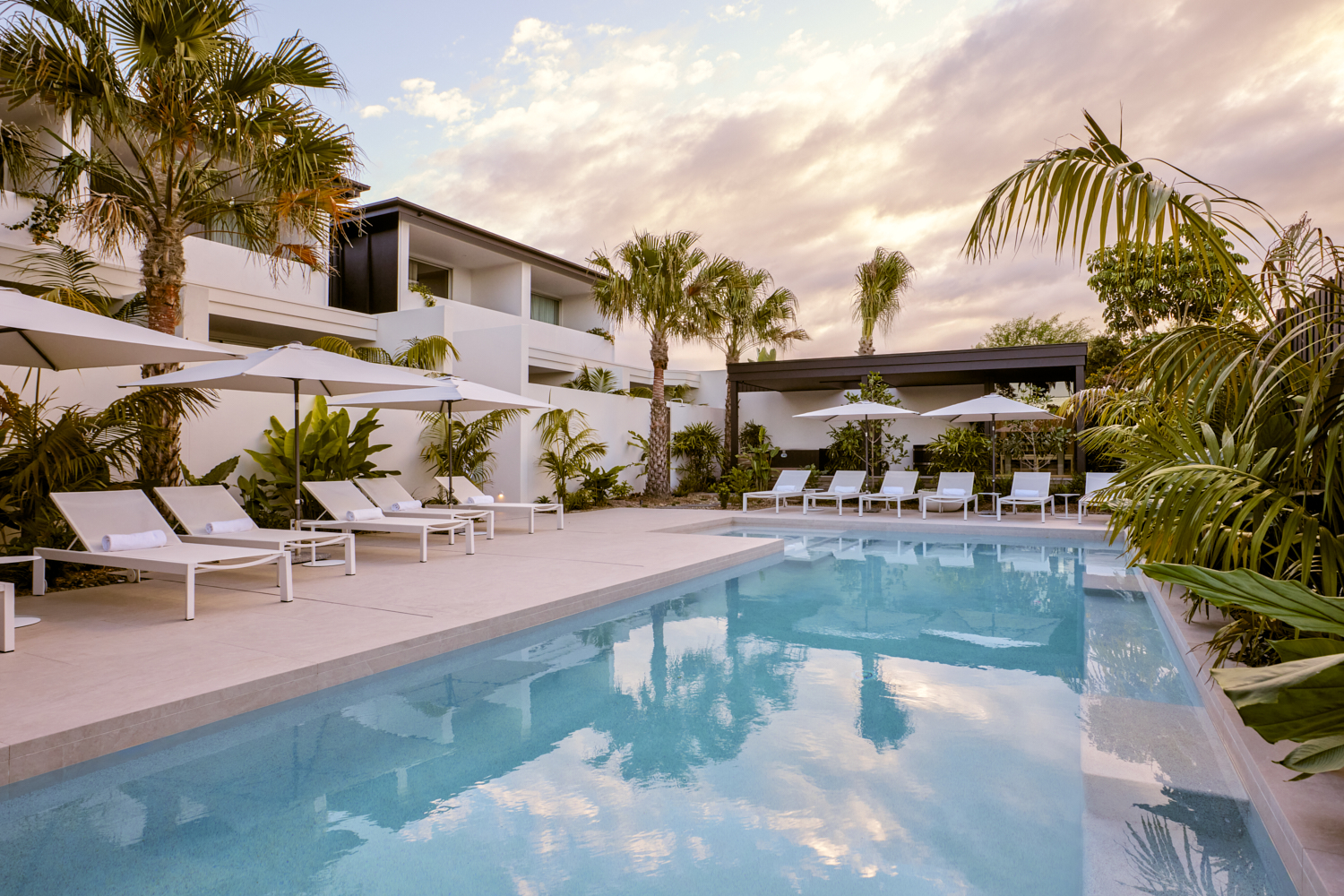Why living 80s style would mean we’d need 1.2 million fewer homes
The housing crisis could be addressed without the need for more dwellings, the RBA assistant governor says
The Reserve Bank assistant governor says how we live now is contributing to the housing shortage.
The National Housing Accord announced by the Albanese Government aims to build 1.2 million new well located homes over the next five years, starting from 1 July. The Accord is an agreement between the Federal Government and the states and territories to work together to raise the supply of homes. It begins with $3.5 billion in federal funding and the states and territories undertaking expedited zoning, planning and land releases to facilitate new building.
All of this is happening amid a housing crisis that has seen rents and home values both skyrocket by more than 40 percent since August 2020, according to CoreLogic data. Demand for social housing is also high, while post pandemic immigration has put further pressure on the market, and dwelling approvals per capita are at decade-lows amid high interest rates and higher materials and labour costs.
But there’s another way to fix it, says RBA assistant governor Sarah Hunter. We could just go back to living like we did in the 1980s. Back then, households were larger in size. That is, the number of people per household was higher at 2.8 people per home compared to 2.5 now. That may not sound like much of a difference, but Ms Hunter says if we reverted to this we’d need 1.2 million fewer homes right now.
In a speech last week on housing market cycles and fundamentals, Ms Hunter said that underlying demand for housing – be it rental or ownership – is determined by the size of our population, currently 27 million, and the average number of people living in each of our 11 million homes.
Ms Hunter said Australia typically has faster population growth than other advanced countries, driven by net overseas migration. In FY23, new overseas migration totalled more than half a million people. She also said the size of Australian households has been trending lower over the long term, mainly due to demographic factors. These include an ageing population, which means we have more elderly Australians living alone or in couple-only households; as well as a falling birth rate, which is reducing the average family size.
While the demographic trends that drive housing demand tend to occur slowly, the pandemic sped them up. “During the pandemic, there was a shift in preferences towards more physical living space per person ... This was particularly the case for people who shared a home with non-family members, such as young people living in a flat share,” Ms Hunter said. “This group shrank as a proportion of households, while the share living with their partner increased – as a result, the average household size declined.”
She added: “The shift to working from home has also reinforced this change. While some people have returned to their workplace full time, there has been an increase in the proportion of people working from home – for many, a home office space is now highly desirable. This suggests that the recent falls in the average number of people per home will be at least partially permanent.”
When housing demand rises, supply usually responds through new building activity. But the time this takes can vary, depending on rental and housing prices, underlying construction costs and the time required to design, approve and build. In the meantime, property prices and rents adjust in line with the extent of the demand and supply imbalance.
“The pandemic period – and its aftermath – stands out as a particularly sharp cycle,” Ms Hunter said. Growth in demand for new dwellings slowed rapidly in 2020 before rebounding strongly, partly due to the HomeBuilder program. But supply did not respond normally, with completions trending lower over the past five years due to a “perfect storm” of challenges in the construction sector.
They began with COVID-related supply chain disruptions that made it difficult to source materials, fixtures and fittings. Materials and labour costs went up, and a combination of shipping delays and labour shortages significantly extended building timelines. Today, supply chains have normalised but costs remain nearly 40% higher than in 2019 and the pipeline of new builds is clogged.
Additionally, major new projects are typically funded by debt, so higher interest rates are also reducing the viability of new builds. Many developers have delayed projects because of higher costs relative to anticipated returns. Meriton founder Harry Triguboff recently told The Australian that government and council approvals take too long and “it is harder to sell apartments now than ever before” due to high interest rates and fewer Chinese buyers.
Ms Hunter said easing zoning and planning restrictions and streamlining approval processes could reduce costs and lift supply but “it will not be a quick fix”. She concluded: “… upward pressure on rents and prices will remain until new supply comes online”.
A divide has opened in the tech job market between those with artificial-intelligence skills and everyone else.
A 30-metre masterpiece unveiled in Monaco brings Lamborghini’s supercar drama to the high seas, powered by 7,600 horsepower and unmistakable Italian design.
The house, with a pool, a wine cellar and cinema, is in Estoril’s gated Quinto Patino community.
If you’re looking to run into Cristiano Ronaldo, this six-bedroom villa near the coastal Portuguese town of Cascais, where the footballer lives, might up your chances.
The detached home, which came to market earlier this month asking €10 million (US$11.79 million), is within the gated Quinta Patino community in the town’s Estoril suburb, and comes with a private green-tiled pool, its own wine cellar and cinema, as well as a moody six-car show garage.
The eclectic house comes with a little French flair, including a grey mansard roof, as well as arched windows and a cream-stucco facade.
The interiors showcase a mix of modern floor-to-ceiling windows as well as more old-school elegance, including black-and-white checkered flooring, extensive crown moldings, a wood-paneled library and classic columns in between arched windows.
There are six bedrooms across 7,000 square feet, as well as a wine cellar, game room, a pergola and easy transitions between the indoors and outdoors.
“This residence was created for the way people truly want to live, with light-filled spaces that flow naturally from the kitchen and dining areas out to the garden and pool,” said listing agent Yared Hagos of Nest Seekers International via email.
Cascais is located in the Portuguese Riviera, roughly 30 minutes from Lisbon, and features sandy beaches, resorts and other visitor attractions.
“This property represents the best of both worlds, complete privacy in one of Portugal’s most prestigious gated communities, and yet you’re just minutes from the beach, the golf courses, and Lisbon’s cultural scene,” Hagos wrote.
Cascais is also one of many Portuguese cities to have benefited from the popularity of the country’s real estate among foreign investors, particularly its high-end homes , according to Hagos. Mansion Global could not determine the identity of the seller.
“With six consecutive months of rising buyer demand and price growth now exceeding 15% annually, prime areas like Lisbon, Cascais and the Algarve are seeing international buyers compete for an increasingly scarce supply of high-end homes,” he said.
The Portuguese Riviera also has seen an influx of celebrities in recent years, including most notably, soccer legend Cristiano Ronaldo, Mansion Global previously reported.
A bold new era for Australian luxury: MAISON de SABRÉ launches The Palais, a flagship handbag eight years in the making.
A luxury lifestyle might cost more than it used to, but how does it compare with cities around the world?



















